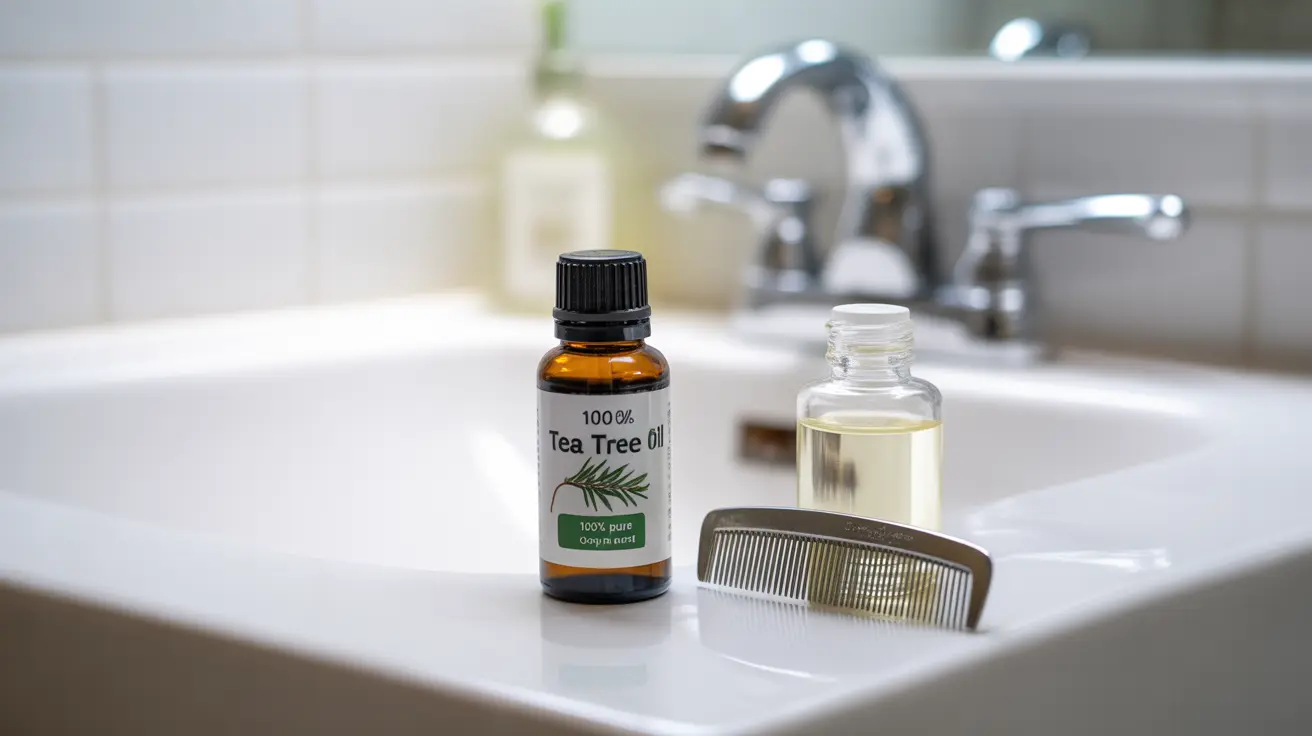Head lice infestations can be frustrating and uncomfortable, leading many people to seek natural treatment alternatives. Tea tree oil has gained attention as a potential remedy for head lice, thanks to its natural antiseptic and insecticidal properties. This comprehensive guide examines the effectiveness of tea tree oil against head lice and provides important safety information for its use.
Understanding Tea Tree Oil's Anti-Lice Properties
Tea tree oil, derived from the Melaleuca alternifolia plant, contains compounds that may help combat head lice. The oil's primary active components, including terpinen-4-ol and 1,8-cineole, have demonstrated potential insecticidal effects that could impact lice survival.
Scientific Evidence for Tea Tree Oil's Effectiveness
Research suggests that tea tree oil may have some effectiveness against head lice, particularly when combined with other treatments. Laboratory studies have shown that the oil can help reduce lice survival rates, though results vary depending on concentration and application method.
Current Research Findings
- Interfere with lice feeding and breathing
- Potentially affect egg (nit) development
- Help prevent new infestations when used as a preventive measure
- Work synergistically with conventional treatments
Safe Application Methods
When using tea tree oil for head lice treatment, proper dilution and application are crucial for both safety and effectiveness.
Recommended Application Steps
- Always dilute tea tree oil with a carrier oil like coconut or olive oil
- Use a 2-3% concentration (about 2-3 drops of tea tree oil per tablespoon of carrier oil)
- Apply the mixture to clean, dry hair
- Leave on for 20-30 minutes
- Comb through with a specialized lice comb
- Repeat the process every 3-4 days for best results
Important Safety Considerations
While tea tree oil can be helpful, it's essential to understand its limitations and potential risks:
- Never apply undiluted tea tree oil directly to the scalp
- Perform a patch test before full application
- Avoid getting the oil mixture in eyes or mouth
- Don't use on children under 2 years old
- Discontinue use if irritation occurs
Treatment Limitations
It's important to understand that tea tree oil alone may not be sufficient to completely eliminate a lice infestation. Most successful treatment plans combine multiple approaches, including:
- Regular wet combing with a specialized lice comb
- Thorough cleaning of bedding and personal items
- Consistent monitoring and follow-up treatments
- Possible combination with conventional treatments
Frequently Asked Questions
Does tea tree oil effectively kill head lice and their eggs? Tea tree oil shows promise in helping to control head lice, but research indicates it works best when combined with other treatment methods. While it may kill some adult lice, it's less effective against eggs.
How should tea tree oil be used safely to help treat or prevent head lice? Tea tree oil should always be diluted with a carrier oil to a 2-3% concentration. Apply the mixture to clean, dry hair, leave for 20-30 minutes, and use a lice comb to remove lice and nits. Regular applications may help prevent reinfestation.
Can tea tree oil alone cure a head lice infestation without combing or professional treatment? No, tea tree oil alone is typically not sufficient to completely eliminate a head lice infestation. It should be used as part of a comprehensive treatment plan that includes regular combing and proper hygiene measures.
What are the potential side effects or risks of applying tea tree oil to the scalp? Potential risks include skin irritation, allergic reactions, and scalp sensitivity. Never use undiluted tea tree oil, and stop use if you experience any adverse reactions. Keep the oil away from eyes and mouth.
How does tea tree oil compare to other natural remedies or conventional lice treatments? While tea tree oil may be less effective than conventional pesticide-based treatments, it can be a helpful complementary treatment. It may have fewer side effects than chemical treatments but typically takes longer to show results.




